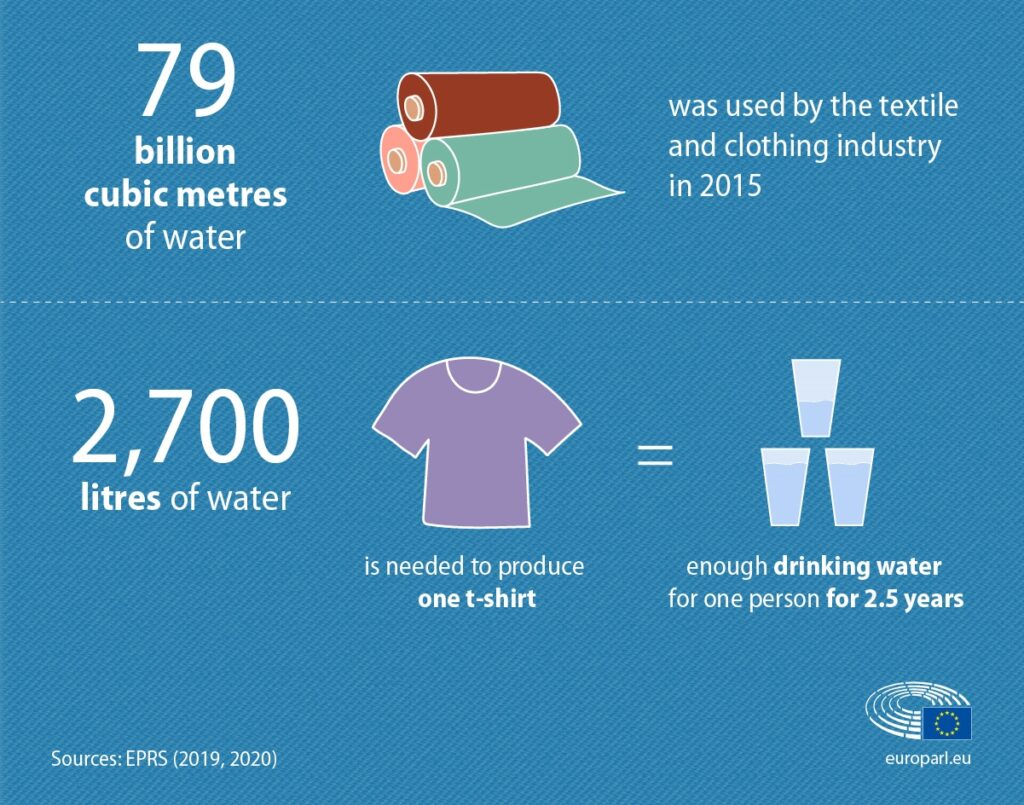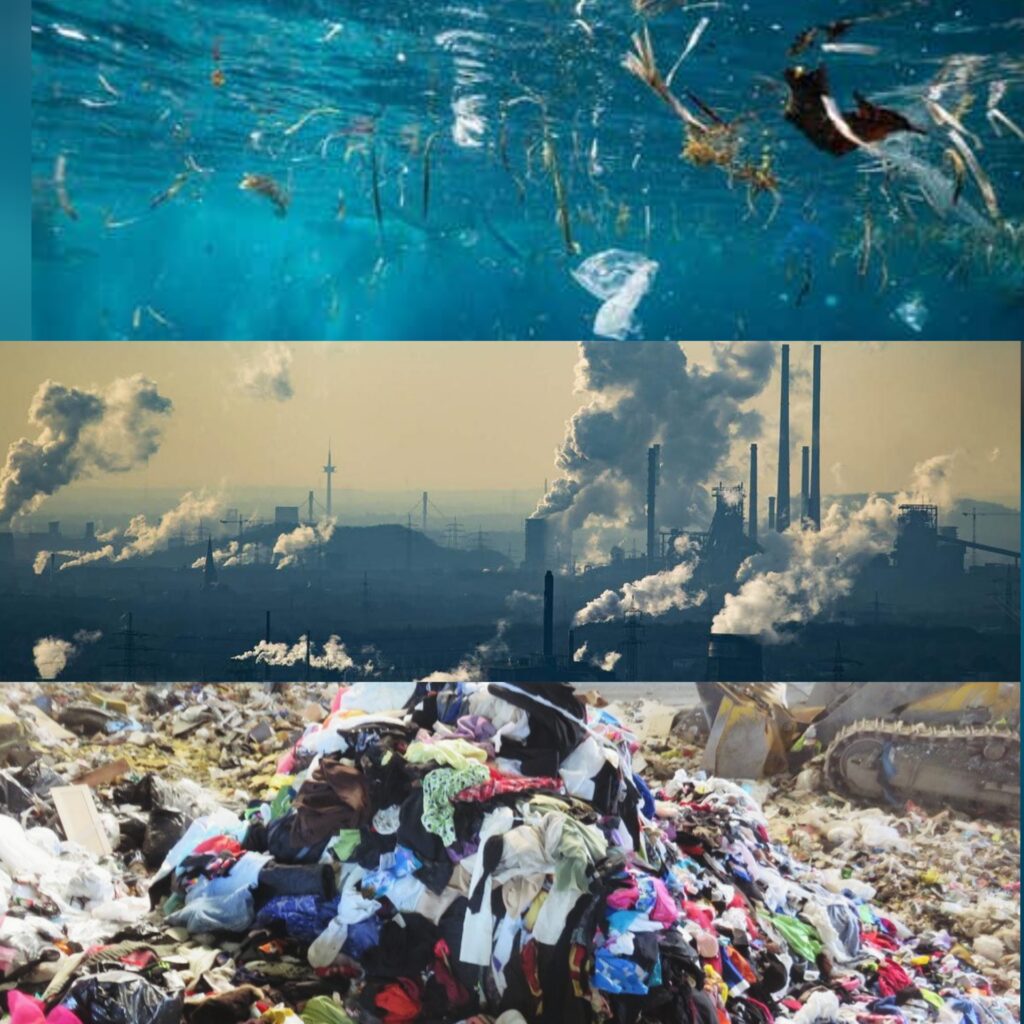The environmental cost of fast fashion
Fast fashion is the accelerated process of turning new trends into fully manufactured cloth products. Most of the profit-centered fashion industries introduce new trends weekly and along with advertising, they can achieve the sale of cheap clothes through cheap manufacturing and cheap labor. Unfortunately, the environmental cost of fast fashion we have to have to pay is very high.

Why fashion industries are booming?
| Overconsumption | Overpopulation | Globalization | Synthetic fabric |
| The present generation prefer the fast switching trends and tends to dispose their old clothes without reusing. Hence this habit of overconsumption of consumers have directly helped in the growth of fashion industry. | The Industrial Revolution increased the income of people and hence the amount of money they spent on goods has also increased. An average person buys 60 % more clothes today than 20 years before and the rate of disposal is also high. | With globalization, the trade barriers between international countries have been removed. This enables these fast fashion industries to expand their business to other countries and through cheap production they have achieved high profit. | The introduction of synthetic fabric like polyester has decreased the cost of manufacturing to a large extent and has outpaced the production of natural fabrics. |
Effects of fast fashion on the environment
CO2 emissions
The fashion industry is the second most polluting industry. The amount of energy consumed and greenhouse gas emitted at each stage of the supply chain from the manufacturing of raw materials to the transportation of clothes to its consumers is very high. The toxic emissions from the landfills of these industries contain 50% C02 and other by-products. The final result is climate change.
Water pollution
Most of these industries dump waste effluents into water sources. Dyeing is the second largest water polluter as it disposes chemicals and dyes into rivers or oceans. The fashion industry accounts for 20% of the global wastewater produced. The pesticide and fertilizer runoff from cotton fields are polluting water sources with harmful chemicals.

Microplastics
Small plastic fibers known as microplastics are shed, when synthetic clothes are washed. After that, these microplastics make their way to the oceans and consumed by fishes. These microplastics gradually make their way into our food supply.
Air pollution
At various stages of energy production toxic oxides like sulphur dioxide are released into the air. Volatile organic compounds(VOCs) are produced during water treatment and similar processes. Dust, oil mists, acid vapours, boiler exhausts etc. are components of air emissions from these industries. Sludges from tanks and disposed process chemicals, which may contain harmful organics and metals pollute the air we breathe.

Solid waste
From recent studies, the amount of clothes recycled by these fast fashion industries is very low. That results in tonnes of waste clothes dumped into landfills each year. It is estimated that, each second a truck filled with clothes will reach the landfills. The chemicals used in pesticides and fertilizers reduces the quality of natural soil.
What are the preventive measures?
Treatment without prevention is simply unsustainable
Bill Gates
- There must be promotion for the production of organic materials through organic farming.
- The companies must bring forward sustainable measures for manufacturing like some companies are trying to make fabric from eco-friendly materials . Reduce the use of synthetic fabric for manufacturing.
- Proper disposal of wastewater. They can use scrubbers to collect particulate matter.
- Cloth scraps can be recycled into new raw materials. Recently developers have turned old jeans into home insulators.
- Eco-washing techniques that uses less amount of water and energy for washing our clothes.
- Industries can shift to renewable production techniques .Pure Waste an industry located in Finland uses energy derived from windmills for 90% of their production.
- Consumers can go for sustainable shopping by choosing companies that sell sustainable clothes. It’s the consumers who must bring a change to the disposable fast fashion culture by avoiding fast fashion brands.
- Consumers can go for thrift stores, swap clothes with their friends or family and reuse their old clothes. They can donate their old clothes to the needy.
It’s high time we should start thinking about unsustainable consumer practices. In conclusion, it is clear that fast fashion is unsustainable.


